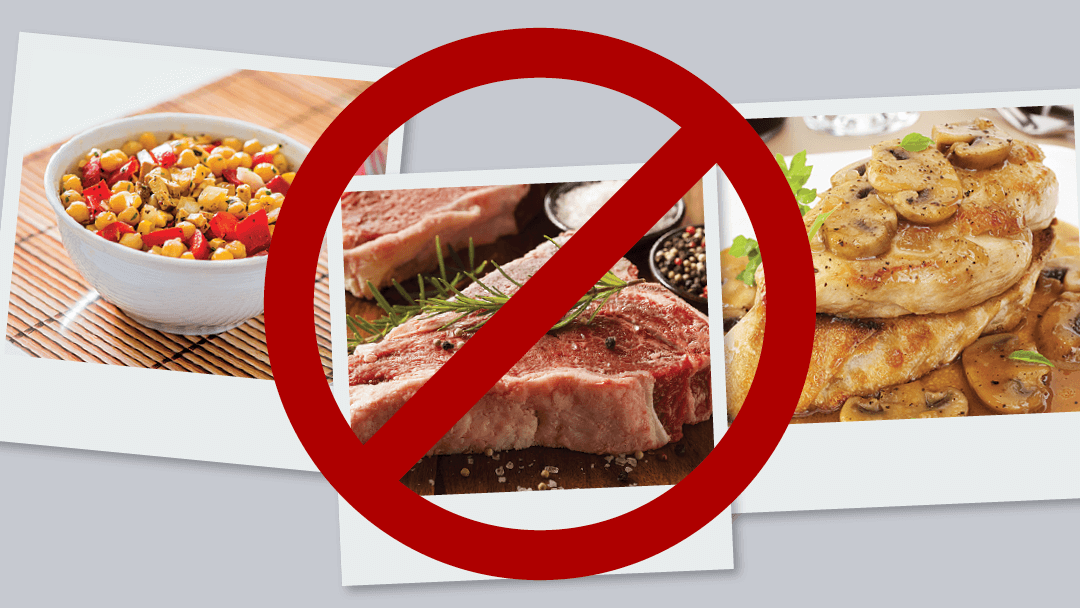Image Licensing 101
January 29, 2018I found this great image on Google. Why can’t you use it on my ad?
We have lost count how many times a client has asked us this question. This leads to an inevitable conversation about image licensing and copyright violations.
The short answer is that we don’t want get sued. The slightly longer answer is that Google is a search engine, not an image source.
Copyright Lawyer Lesley Ellen Harris puts it best. “Search tools such as Google Images locate content such as images and photos. Google is not a content depository nor is it a collection of public domain or copyright-free works,” Harris wrote in an article about using Google images.
Our Image Licensing 101 article is divided into three sections. First, we will provide a basic overview that defines key terms you are likely to encounter when perusing license agreements. Second, we will briefly discuss different types of licensing. Lastly, we will cover how to legally obtain images without violating copyright law.
Basic Overview
Failure to obtain the proper image license can result in hundreds to thousands of dollars in fines or going to court. If a business hires an advertising solutions provider to create advertising materials that contain copyright infringement, both the business and advertising solutions provider can be held liable for damages.
Copyright is legal protection for original works that is rooted in the US Constitution. For a photographer, copyright protection is “immediate upon the release of the shutter” and means that the photographer is the copyright owner who controls the photo and its future use. Photos do not have to be registered with the United States Copyright Office to be protected under copyright law. That also means an image does NOT need to have a watermark or display the copyright logo to be protected under copyright.
Copyright Infringement is when a copyrighted work is reproduced, distributed, publicly displayed or made into derivative work without the permission of the one who hold the copyright. Copyright lasts for the creator’s lifetime plus 70 years for works created after Jan. 1, 1978 or for 95 years from publication for corporate works. Each instance of infringement can result in a penalty between $200 to $150,000 per work infringed, jail time, additional fines and a court-imposed injunction to stop using the copyrighted work.
A license is a legal agreement that grants permission to use a specified right/set of rights to a work. The license explains who can use the image on what terms. Those terms include where the image appears and how many times the image may be used.
Types of Licenses
What kind of image license is needed depends on factors such as where and how the image will be used. License agreements vary, so be sure to read it through carefully! Be wary of using images from sources that lack license agreements.
Here are 7 common image licensing terms and types:
• By Type
• Commercial—images used to sell or promote a product or service in advertising or marketing materials.
• Editorial—images used for journalistic or educational reasons.
• Retail—photography commissioned for personal use, such as weddings or portraits.
• Royalty Free—multiple uses of the image is allowable without paying an additional fee for each additional use of the image. For example, you buy a royalty-free image of a dog, put it on a shirt and then sell the shirt with the dog image without paying an additional royalty fee for every shirt sold with the dog image.
• Rights Managed—the image buyer pays a licensing fee to the image’s copyright holder in order to use the image. Usage varies by license agreement.
This varies by image provider. This is an example from Shutterstock’s license agreement.
• Standard—unlimited digital usage; up to 500,000 print reproductions; not allowed for resale via merchandising.
• Enhanced—unlimited digital usage; unlimited print reproduction; allowed for resale via merchandising.
• Domain—what channel the image may be used on; single-use domain means one medium (such as you can use the image online but not for print); multiple-use domain means you may use the image on multiple channels.
• Public Domain – a work that is not under copyright protection; may be used freely without the permission of the former copyright owner. Generally, works included in the public domain are old—meaning works published in the US prior to 1923 or published before 1964 and the copyright was not renewed.
• Seat—number of users who can download the image.
• Fair Use – permits the unlicensed use of copyright-protected works in certain, specific circumstances. Fair use covers using parts of copyrighted works for commentary (such as product reviews) or criticism. However, if the copyright holder disagrees with the fair use interpretation, the copyright holder can sue for damages. Fair use is not synonymous with free use and is ultimately up to a court to determine.
Where to Get Images
Where is it legal to get images to use on print and/or digital advertising materials? You have three options:
• Take your own photos
As your own photographer, you own the legal copyright of the images you take with your own equipment. But taking pictures that will reproduce well on print or display properly on digital channels may be difficult for an amateur.
• Hire a photographer
A professional photographer will have the experience and equipment necessary to get the images you need. A professional will also have license agreements ready for you to review and sign.
• Image provider
There are dozens of online image providers such as Shutterstock, iStock and Adobe Stock, to name a few. Legitimate image providers such as these put their license agreements online so you can make sure you are buying the right license agreement. Pay close attention to what license agreement you select when you purchase an agreement! Just because you bought an image on Shutterstock doesn’t mean you can use it on millions of direct mail pieces, for example. Read the terms closely before you buy it.
• Note the difference between image provider and search engine. A search engine collects and organizes content from the Internet based on search terms. Google, Yahoo and Bing are examples of search engines. Image providers sell the copyright license agreements and images to users.
Final Thoughts
Modern search engines make it easy to do a reverse image search. That means a photographer can input his or her copyrighted image into a search engine like Google and see where that image is being used. In other words, copyright holders can find illegal uses of their images with a few mouse clicks.
Professing ignorance about copyright won’t resolve any cease and desist orders, nor will it serve as a “get out paying penalties” card. Take the time to research where an image is from and what terms you need in the license agreement before using someone else’s image. Or, you could go to a trusted advertising solutions provider who has the experience to handle this for you.
* DISCLAIMER: This blog post is not a substitute for legal advice. Copyright law is complex! Please consult a lawyer if you require legal advice about copyright law and its application to image licensing.

